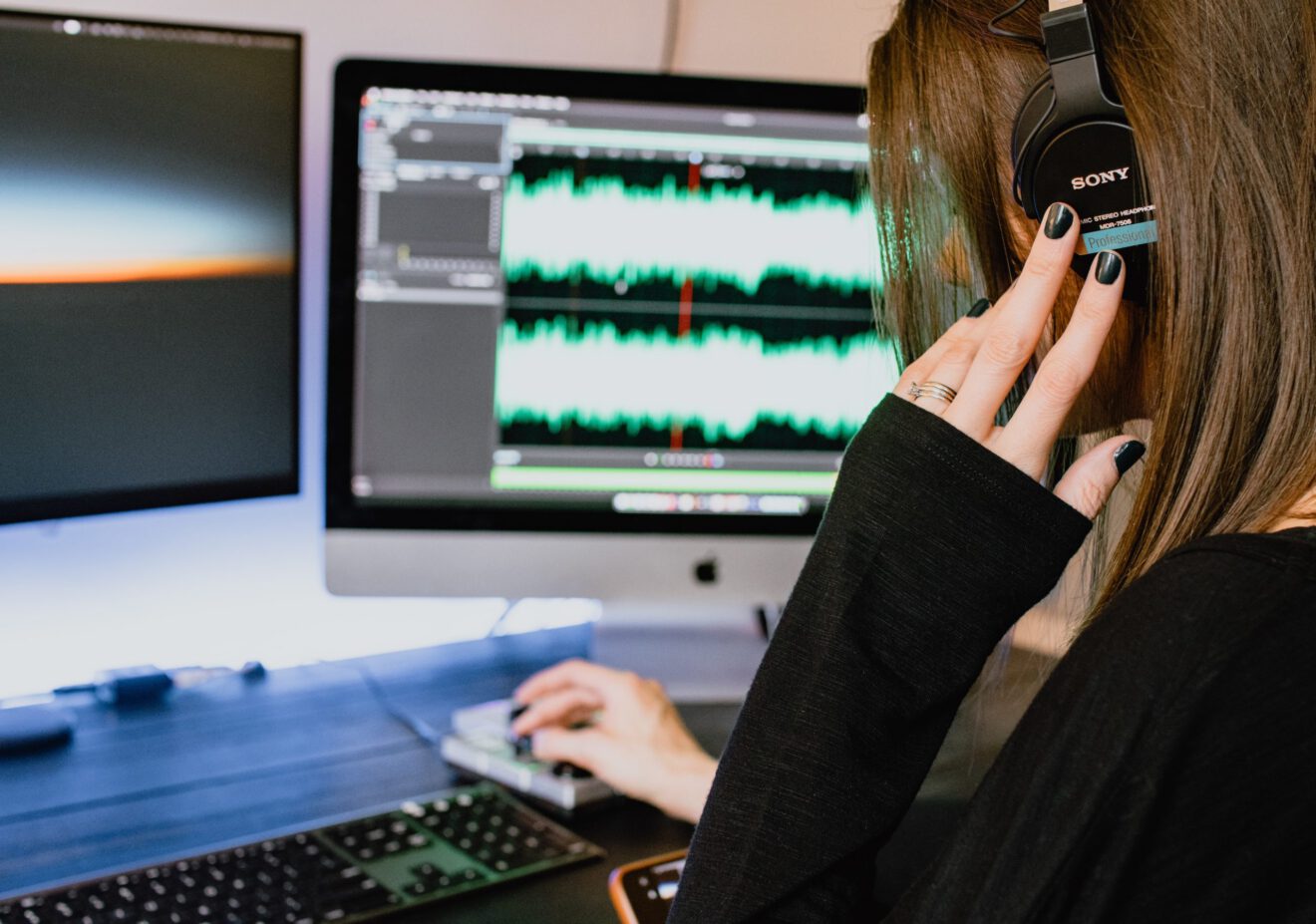Marketers are benefiting from new ways to engage audiences via audio ads, not just through increasingly popular podcasts, but also with interactive smart speaker experiences.
The audio advertising market hit $38.8 billion in 2020 and will increase by a compound annual growth rate of 5.07% up to 2027, according to a report by Research and Markets.
The report highlights the increase in popularity of podcasts as a major driver for growth, although notes a rising use in audio ad-blockers could pose a risk to the market.
A separate study by Integral Ad Science found 93% of digital media experts intend to invest in digital audio ads this year and 63% say the channel positively affects performance and branding, per Inside Radio. In addition, 73% are willing to try programmatic ad buying but 87% are concerned about digital ad fraud.
Audio advertising is becoming easier for brands as companies introduce new solutions, according to Research and Markets’ report.
The launch earlier this year of the iHeart Audience Network enables advertisers to target addressable audiences at scale, while Spotify’s introduction of clickable cards within digital audio ads enables listeners to take direct action after an ad is played.
More recently, Bold Collective launched a new self-serve digital audio platform named AudioSpot that enables marketers to use a “create, build & launch” approach to simply manage campaigns.
AudioSpot is “an independent, audio first, self-service ad platform with access to all the major digital audio inventory sources, with no harsh contracts and no monthly minimums,” explains Dan Alexander, CEO of Bold Collective, in a press release.
How brands are innovating with interactive audio
Interactivity in audio ads is set to increase, writes TuneIn’s Rob Deichert for Forbes, predicting that more brands will experiment with the format.
A study by Neuro-Insight, commissioned by Octave Audio, Say It Now and Xaxis, reveals that interacting with smart speaker ads makes listeners more receptive, according to Advanced Television.
Saying a brand’s name to a smart speaker results in a 30% increase in brain response in comparison to standard ads while hearing a reply from a smart speaker drives a 24% lift in positive emotional responses, the research found. In addition, branding moments are 11% more memorable when listeners are able to converse with an ad via voice assistants.
“Brands can use actionable audio adverts to harness smart speakers’ potential for creating emotional impact and forming meaningful connections with target audiences,” said Charlie Cadbury, CEO at Say It Now.
Brands using audio ads to engage audiences
Pizza Hut, with Navigate Digital and Say It Now, created a campaign that lets Amazon Alexa users claim a brand discount after listening to a digital audio ad. Listeners simply need to say, “Alexa, open Pizza Hut delivery,” to access the coupon and more information, according to Advanced Television.
“We are committed to providing an easy pizza experience – from order to delivery – and this innovative conversational technology allows follow through on this commitment in new and exciting ways,” said Nicola Keane, head of digital marketing at Pizza Hut.
Tripadvisor also is using Amazon Alexa voice activation, promoting Visit Orlando with a customized audio tour that’s unlocked when users say, “Alexa, launch Visit Orlando,” ClickZ reports.
“Having a presence on voice-activated devices is going to become as intrinsic as having a social media handle or website,” TripAdvisor’s Justin Reid told ClickZ.
“If we want to engage with people beyond the Tripadvisor platform, we need to put our content and our partners’ content in the places where people are consuming that. Increasingly this is audio content, and the Alexa Skill journeys allowed us to do that,” Reid notes.
Subscribe to our free newsletter to get the latest marketing news and insights direct to your inbox.
